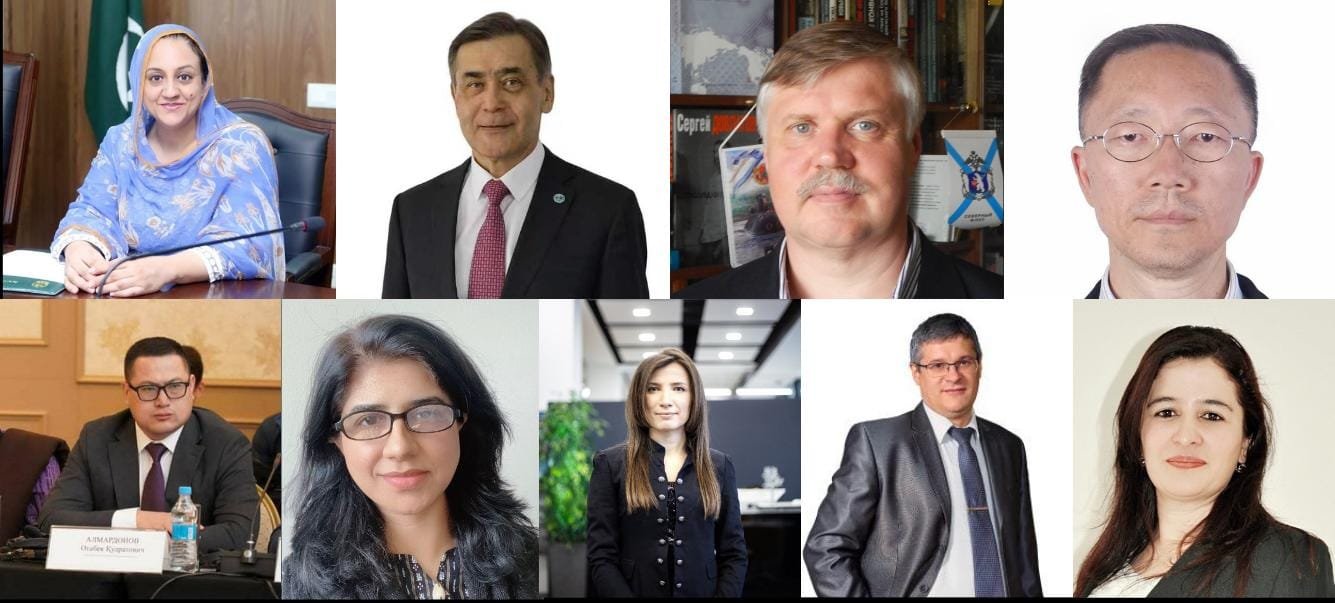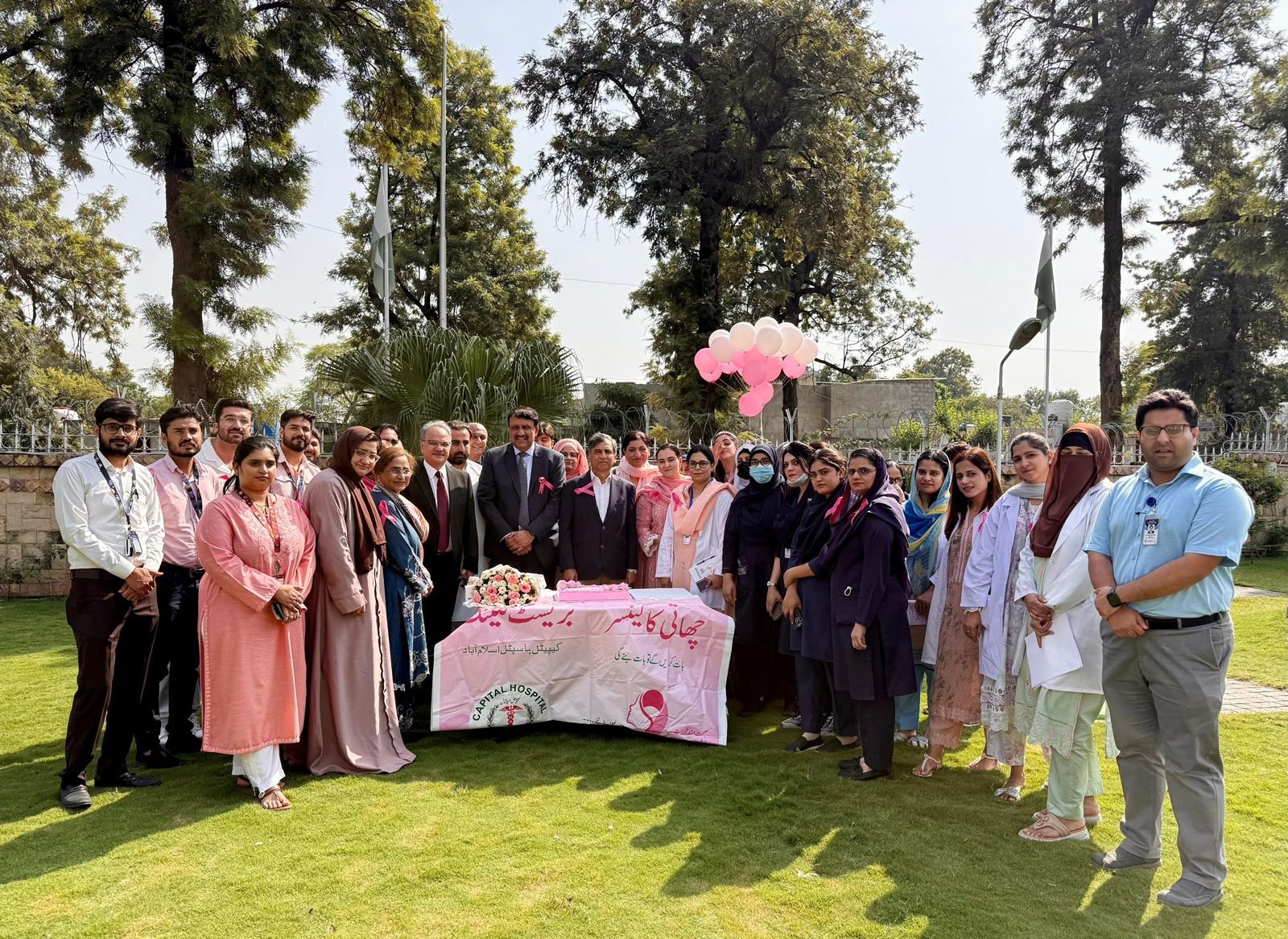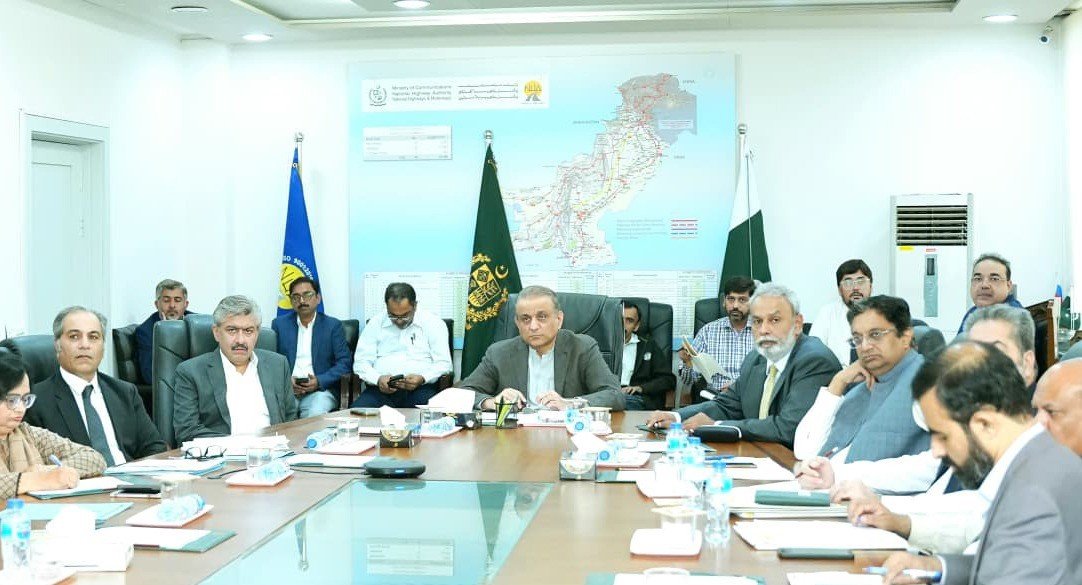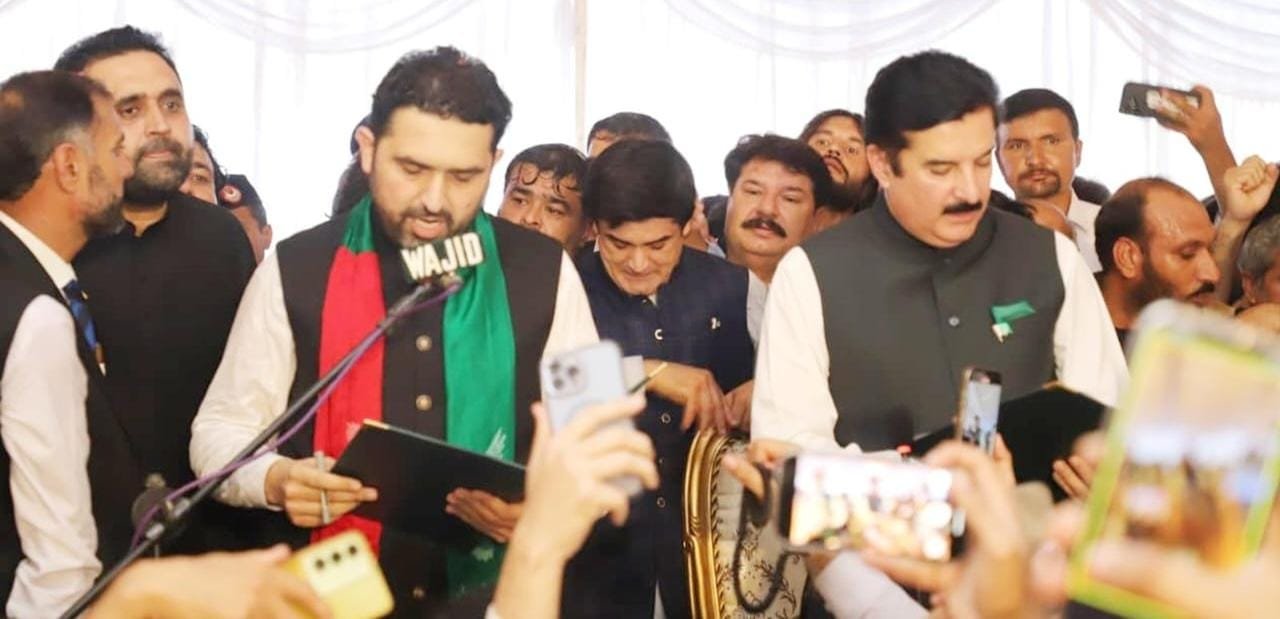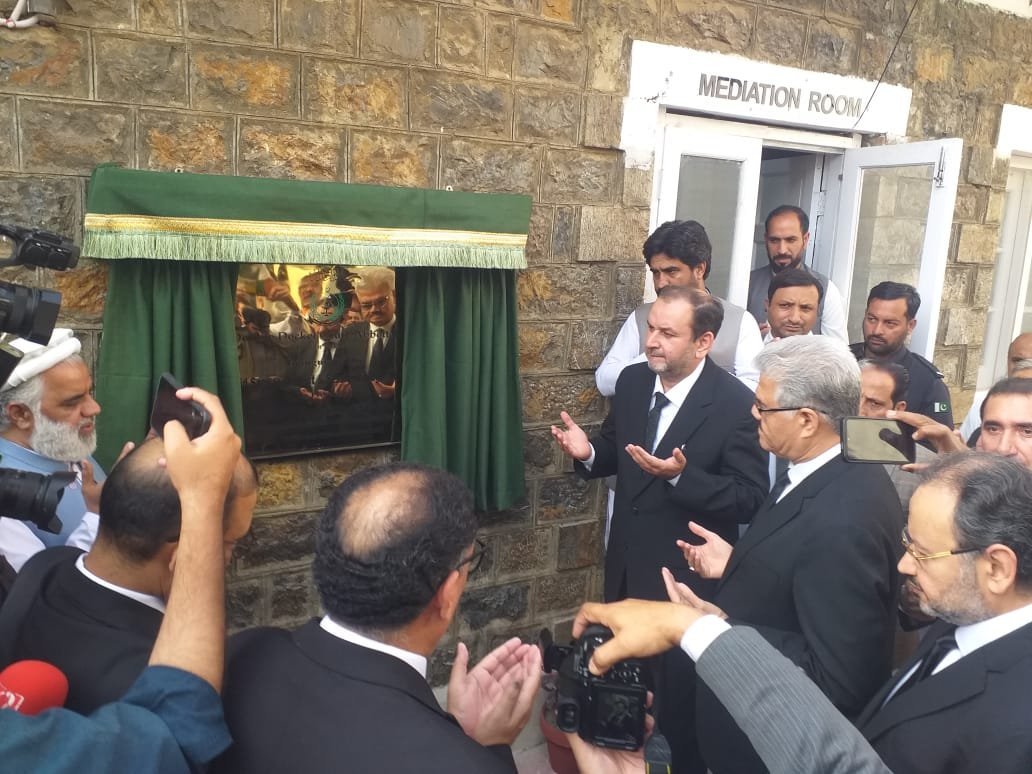
by Naveed Safdar
In the evolving landscape of hybrid warfare, where narratives shape perceptions and perceptions influence policy, Pakistan has emerged as a formidable force in the information domain. Time and again, the country—led by its Armed Forces—has demonstrated an extraordinary ability to set the agenda, counter disinformation, and project truth with precision and credibility. This capability is no longer peripheral; Pakistan’s information dominance is now the primary and most significant arm of national strategy, shaping discourse across diplomatic, security, and public spheres.
The recent conflicts of 2025 have underscored this transformation with striking clarity. During the Pakistan-India confrontation in May—Maarka-e-Haq—Pakistan’s information apparatus outmaneuvered India’s sprawling propaganda machinery with remarkable agility and effectiveness. While India relied on its traditional toolkit of distortion, amplification, and digital manipulation, Pakistan responded with a disciplined, fact-based, and timely communication strategy that resonated across national and international platforms.
From the very onset of hostilities, Pakistan’s Armed Forces ensured that accurate battlefield updates, with their strategic context and humanitarian narratives, were disseminated through official channels, social media, and global news outlets. The speed and clarity of these communications not only neutralized Indian misinformation but also galvanized public confidence and international understanding. Analysts from across the globe acknowledged Pakistan’s information superiority, noting how its narrative coherence and factual integrity outshone the noise of fabricated claims and doctored visuals emanating from Indian sources.
This was not an isolated success. Just months later, during the Pakistan-Afghanistan standoff on 11–12 October, Pakistan’s information domain once again proved decisive. Faced with a coordinated disinformation campaign launched jointly by Indian and Taliban-linked sources, Pakistan responded with a multi-platform blitz of verified intelligence, ground reports, and diplomatic briefings. The result was a complete reversal of the narrative tide. What began as an attempt to malign Pakistan’s defensive posture quickly turned into a global recognition of its restraint, strategic clarity, and commitment to regional stability.
What makes Pakistan’s information strategy so effective is not merely its technological reach or media presence—it is the credibility of its content and the discipline of its dissemination. The Armed Forces have institutionalized a system that gathers real-time facts from the ground, verifies them through operational and intelligence channels, and then projects them across the entire media spectrum with editorial finesse and strategic timing. This fusion of tactical truth and narrative architecture is what sets Pakistan apart in the information battlespace.
Moreover, Pakistan’s approach is not reactive—it is anticipatory. It identifies potential fault lines, monitors adversarial build-ups in the digital realm, and prepares counter-narratives rooted in evidence and national interest. Whether it is a fabricated video, a misleading headline, or a coordinated hashtag campaign, Pakistan’s information arm responds not with emotion but with precision. This maturity has earned it respect among global information strategists, many of whom now study Pakistan’s model as a case of successful narrative warfare in South Asia.
The implications of this capability are profound. In an age where wars are fought as much on screens as on borders, Pakistan’s ability to dominate the information space enhances its deterrence, strengthens its diplomacy, and fortifies its internal cohesion. It ensures that the truth of Pakistan’s actions—be they defensive maneuvers, humanitarian outreach, or strategic decisions—is not lost in the fog of propaganda. It also empowers civil society, media professionals, and international observers to engage with Pakistan’s perspective through a lens of authenticity.
Indeed, the information domain has become Pakistan’s strategic high ground. It is where battles of perception are won, where adversarial designs are exposed, and where national resilience is projected. The Armed Forces, with their disciplined communication protocols and unwavering commitment to truth, have elevated this domain into a pillar of national power. Their success is not just a military achievement—it is a testament to Pakistan’s institutional integrity and its refusal to be silenced or misrepresented.
As global conflicts become increasingly asymmetric, and as adversaries invest more in digital subversion than conventional warfare, Pakistan’s information strategy offers a blueprint for resistance. It shows that with clarity, credibility, and coordination, even the most sophisticated propaganda can be dismantled. It also reminds the world that in the battle between truth and distortion, the side that respects facts will always command the moral and strategic high ground.
Pakistan’s journey in the information domain is far from over. But its recent victories—both in Maarka-e-Haq and the October standoff with Afghanistan—signal a new era of strategic communication. An era where Pakistan no longer reacts to narratives but defines them. An era where the Armed Forces are not just defenders of territory but architects of truth. And an era where the world watches, learns, and acknowledges the power of principled information warfare.





